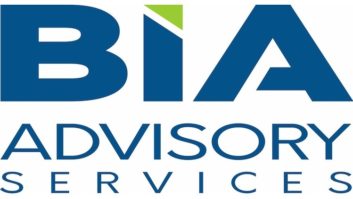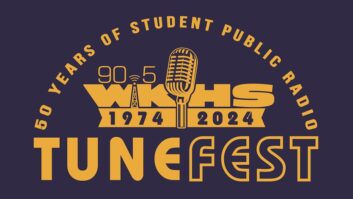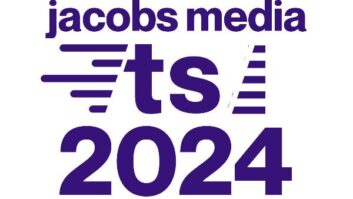
I found some interesting insights into the HD Radio rollout in a BIA study, which was submitted by NAB to the FCC as part of the association’s comments on media ownership.
The study, written by Mark Fratrik, shows the number of stations broadcasting in digital has increased from 75 in 2003 to 2,056 in April of this year, with 1,127 additional multicast programming streams now being provided.
After a steady and dramatic upward climb, the HD rollout slowed starting in 2007, when 1,656 stations were on-air with HD Radio, to 1,720 stations in 2008. His figures include both FMs and AMs. The numbers really begin to plateau from 2009, at 2,040 stations on-air with an HD Radio signal to 2,056 by April of this year. These figures support and extend what we’ve heard anecdotally, and it’s a trend Radio World has reported on over the past couple of years.
Fratrik doesn’t say why conversions have slowed, but I know from talking to engineers and manufacturers the recession has a lot to do with it, as lack of funding means any resources a station ekes out has been going to more urgent needs, like debt repayment. But it’s also true that some broadcasters remain unconvinced IBOC provides a clear ROI, and that iBiquity has appeared to struggle to achieve uptake beyond a core of its own investors and other early adopters.
Also confirmed by BIA is the heavy tilt of HD Radio stations toward FM. Only 455 AMs have an FCC license to use IBOC and 322 — about 15% of the total number of digital stations — are AM. They’re not all in large markets, which surprised me.
But investment by radio stations in HD Radio has been “widespread” and “significant,” Fratrik concludes, with BIA’s expectation that “the new and improved services provided by this technology will lead to more widespread consumer acceptance of digital radio in the next few years, just as digital television gradually has been embraced by consumers.
“Radio stations that are broadcasting in digital expand the diversity of programming by providing new types of programming in their local markets so as to attract new listeners, including members of niche audiences,” he finds.
Other conclusions related to multicast channels:
- – Over half (53.9%) of the population in Arbitron markets are in markets with 10 or more digital multicast signals; over three-quarters (75.9%) are in markets with at least three.
- – Multicast signals are bringing more diverse programming into local markets, Fratrik believes. For example, of the 63 markets with new multicast classical signals, 22 had no other classical stations; similarly, of the 56 markets with new multicast jazz signals, 28 had no other jazz; of the 40 markets with new alternative signals, 22 had no other alternative stations in the market; of the 23 with new rhythm/blues signals, 20 had no other R&B.
He concludes: “Further expansion of free over-the-air radio services to diverse local audiences is also likely to occur as the radio industry’s transition to digital broadcasting continues and the number of multicast programming streams grows. Radio stations have a strong economic incentive to expand their reach by offering more niche programming on these streams, thereby greatly expanding radio service in local markets.”
Let’s hope so, because beyond the slowed conversion rate, which may or may not be temporary, is that the number of HD Radio receivers sold is still “relatively small,” according to BIA (iBiquity pegs the figure as 2.5 million) and many of these multicast listeners are hearing the content from the Internet stream of an HD Radio station, rather than from an HD Radio receiver.












